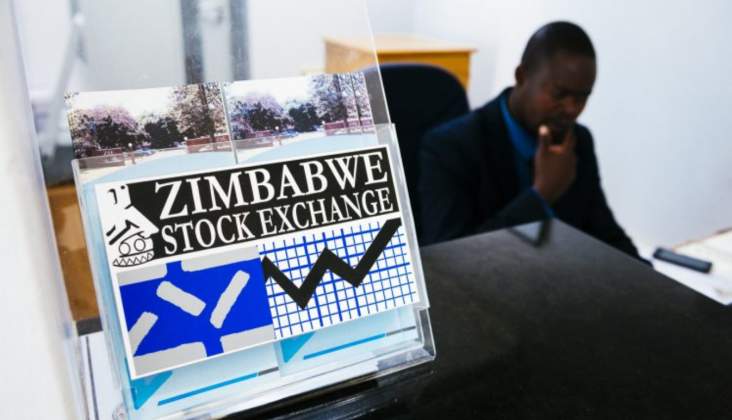CZI wants WBWS subjected to market forces
THE Confederation of Zimbabwe Industries (CZI) has called for full liberalisation of the interbank willing buyer willing seller (WBWS) platform saying this is critical in realising a market-determined exchange rate and sustaining pricing stability as an enabler for transforming the economy.
In its January inflation and currency update, the largest industry lobby group said the WBWS platform is not fully serving as a market-based platform in its present state due to the limited interaction of forces of demand and supply.
It said while willing buyers are unlimited, there is a shortage of willing sellers on the platform.
“There is no basis for foreign currency earners to sell the foreign currency as they can settle almost all of their obligations in USD,” said CZI.
The willing-buyer-willing-seller system came into effect last year to complement the Reserve Bank of Zimbabwe (RBZ) foreign currency auction system as one of the measures put in by the Government to arrest inflation.
Although the platform has been commended by the business community for partly contributing to stabilising the exchange rate by mopping up the excess liquidity, which has created a demand for the local currency, analysts say there is a need to fine-tune it.
In this regard, CZI is of the view that there is an urgent need to strengthen the Zimbabwe dollar, which has been losing its grip against the greenback and is being rejected by some players in the informal sector.
Confederation of Zimbabwe Industries
CZI expressed concern that the local currency was losing its functionality as a store of value and economic agents no longer wanted to hold it.
“While controlling Zimbabwe inflation remains the only way to enhance the store of value function there is an urgent need to at least restore the function of the (Zimbabwe dollar) as a medium of exchange,” said the industry body.
“There is no demand for the local currency, especially among those that earn foreign currency, as the dual economic nature of Zimbabwe means that they can do all transactions in US dollars.
“The main reason why the efforts aimed at ensuring stability have failed is that the efforts are mainly targeted at the supply side, especially controlling money supply growth and managing Zimbabwe dollar liquidity.
“However, these efforts also need demand-side management policies to succeed. There is not much being done on the demand side, which could see any business seeing the need to hold on to the Zimbabwe dollar.”
On inflation, it said the year has commenced on a positive note, with the inflation gains made in the second half of last year continuing into 2023.
Month-on-month inflation for January shed 1,3 percentage points on the December inflation rate of 2,4 percent. The month-on-month inflation reached its peak in June 2022 at 30,7 percent and since then it has been gradually declining.
In November 2022, month-on-month inflation stood at 1,8 percent shedding 1,4 percentage points on the October rate of 3,2 percent.
Based on the latest 2023 monetary policy statement, CZI said the monetary authorities are keen on focusing more on blended inflation since the Zimbabwean economy has largely dollarised, with the majority of expenditure in the Consumer Price Index basket being in US-dollar.
According to Zimbabwe Statistical Agency (ZimStats) approximately 76 percent of expenditure is in US dollar, which reaffirms the notion that Zimbabwe is heading towards full dollarisation.
To that end, CZI said it was advisable for ZimStats to publish both the local currency and the US dollar inflation rates every month.
ZimStat
“However, while these are sectoral averages, the ratios could actually differ significantly between individual firms and consumers, as there are still a number of firms with higher levels of exposure to the ZWL$ while many consumers earn exclusively in ZWL$,” said the industry body.
“Thus, while a blended inflation rate makes sense in accurately defining the nature of inflation, it does not take away the need for publishing inflation rates of ZWL and USD, as these are more useful to business for planning purposes based on their income and cost mixtures of USD and ZWL$.
Money – Image taken from Pixabay
“It’s, therefore, advisable for Zimstats to publish both the ZWL$ and the USD inflation rates every month.”-chronicle











